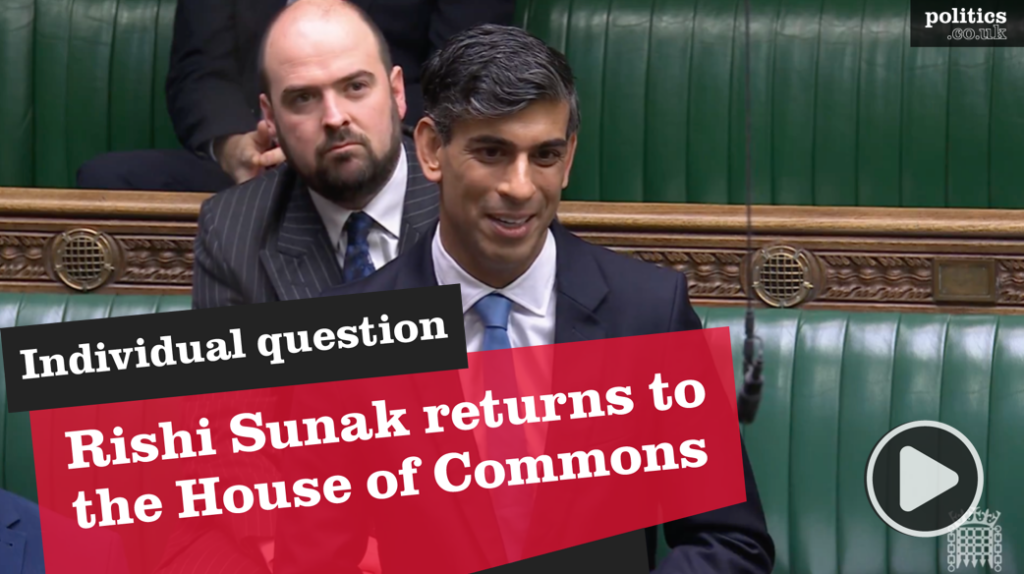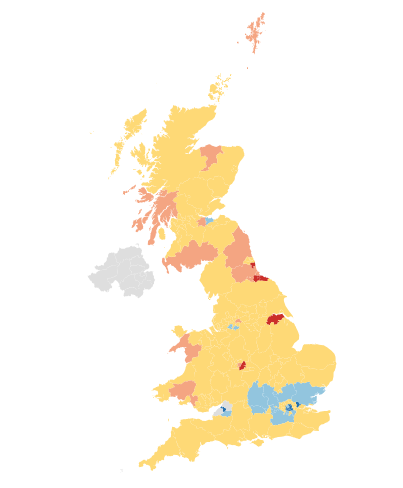Demand for workers softer just as labour supply begins to increase, while real pay stays weak
Labour market data now paint a picture of softer demand for and increased supply of workers – with rising unemployment and falling vacancies contrasting with a welcome rise in participation, the Resolution Foundation said today (Tuesday) in response to the latest ONS labour market statistics.
The latest data points to a cooling down in the jobs market. Unemployment increased slightly on the previous quarter (by 45,000), while vacancy levels are still high at 1.1 million but down 76,000 (-6 per cent) on the previous quarter. The Foundation says that evidence of labour market cooling can also be seen in the rising number of people who want more hours – up from 2.1 million in the three months to June 2022 to 2.4 million in the three months to December 2022 – and falling number who want fewer hours.
Meanwhile, the fall in economic inactivity since the summer – driven by record flows into work since then – is particularly welcome as the Chancellor looks to further boost workforce participation in his upcoming Budget. However, the accompanying rise in Zero Hours Contracts to a record high of 1.13 million is a reminder of the need to boost the quality not just the quantity of work, says the Foundation.
Falling demand and increasing supply should feed into lower pay growth in the months ahead, says the Foundation. While these indicators of cooling have yet to impact on annual pay growth – which strengthened across both the public (+4.2 per cent) and private sector (+7.3 per cent) in the three months to December – there are early signs that pay growth is cooling in the private sector. Comparing the past three months with the previous three, annualised pay growth has been falling – from 9 per cent in July to 7 per cent in December.
The Foundation adds that with the UK experiencing double digit inflation in the last three months of the year, strong nominal pay growth has not prevented real wages fall sharply – by 1.8 per cent in the private sector and 5.4 in the public sector.
This pay squeeze is the primary driver of rising industrial action – which saw the number of days lost to strike action almost double between November and December to 861,000 – a figure that is set to rise again in early 2023.
Nye Cominetti, Senior Economist at the Resolution Foundation, said:
“The labour market is sending a tentative signal to policy makers, with evidence of cooling in the jobs market and extra labour supply alongside early evidence of slowing pay growth.
“The fall in economic inactivity since the summer is welcome, though the accompanying rise in Zero Hours Contracts less so. And the bigger picture is a stark real wage squeeze that is prompting ever more industrial action.”











